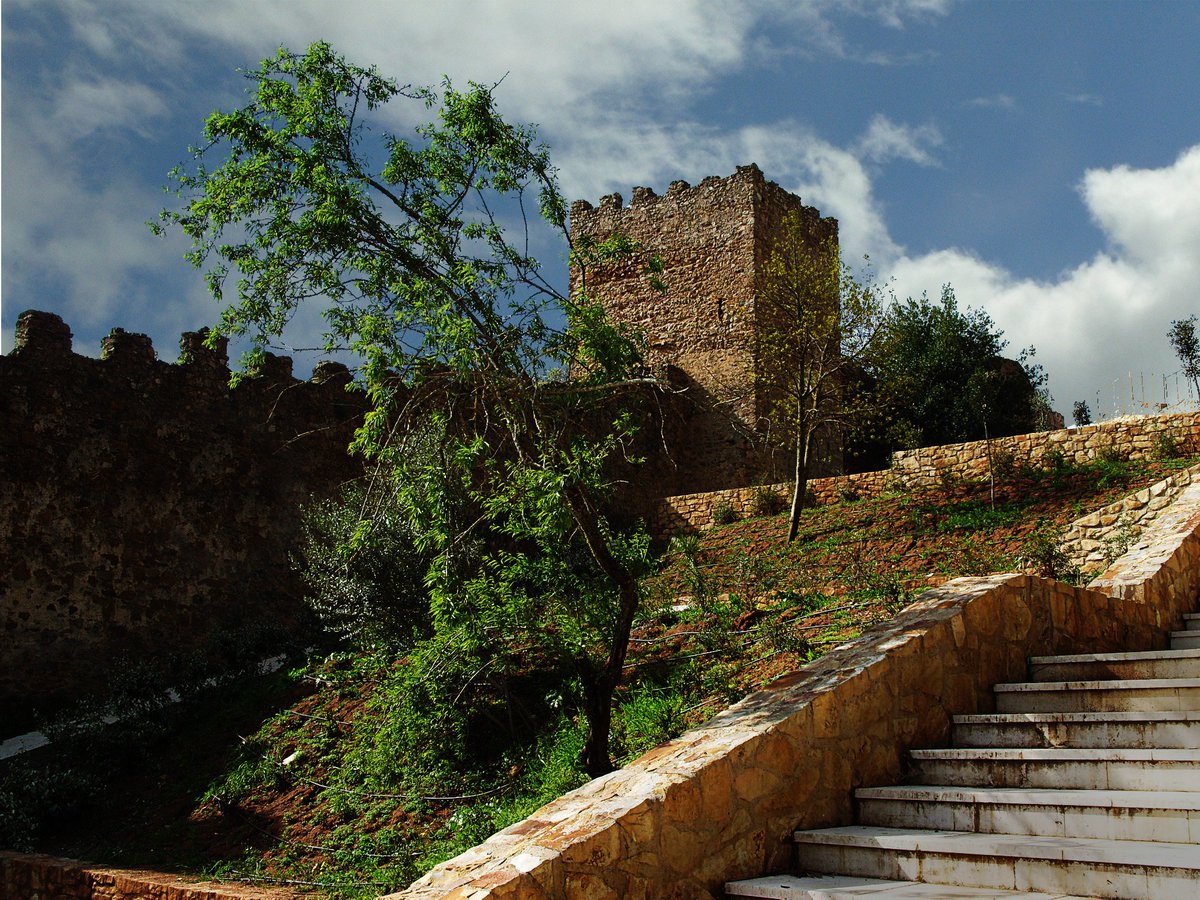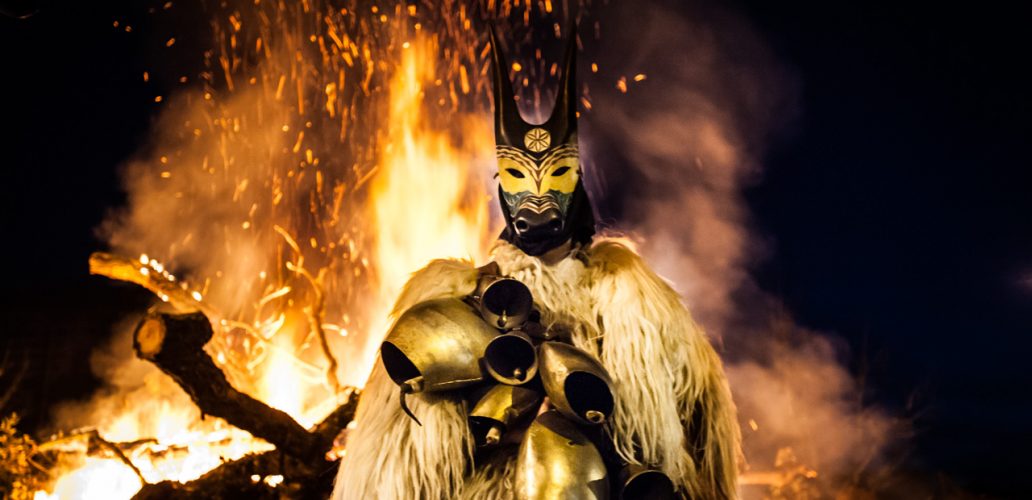
**A DIOSA – Non potho reposare**
💕Special thread about the most romantic Sardinian song, written in 1915 by Salvatore Sini.💕
💕Special thread about the most romantic Sardinian song, written in 1915 by Salvatore Sini.💕

A Diosa (also known as Non potho reposare, from the first line of the text) was written by Salvatore 'Badore' Sini, a lawyer and poet from Sarule, in the area of Nuoro. The very first version was written in 1915, year in which Italy entered WWI. It was the period in which- 

-the youth were beginning to leave their homes for the war. A Diosa talks about the struggles of staying away from the beloved person and it relates to the general feeling of leaving for the war. In fact, the very first representation was sung in the occasion of the departure- 

-of soldiers.
Local sources say that Badore Sini, a shepherd turned lawyer, fell in love with a neighbour but the woman was already married and he could only love her in spirit, from afar.
The poem was turned into music little time later by Giuseppe Rachel, musician from-
Local sources say that Badore Sini, a shepherd turned lawyer, fell in love with a neighbour but the woman was already married and he could only love her in spirit, from afar.
The poem was turned into music little time later by Giuseppe Rachel, musician from-

-Cagliari who was working as director of the orchestra of Nuoro. The composition of the poem and the song was done in the period in which Nuoro became one of the most artistic and culturally active towns of Sardinia.
The song has been sung afterwards by many Sardinian singers-
The song has been sung afterwards by many Sardinian singers-

-and groups, from Maria Carta, to Tazenda and Andrea Parodi, to the local choirs of Nuoro and other towns, becoming one of the most famous and representative songs of the Island.
In the pictures, you can find the original text of the poem with its English translation. The text-
In the pictures, you can find the original text of the poem with its English translation. The text-

-of the song might vary a little.
The title, "A Diosa", is interpreted as a dedication to the loved one, imagined as a goddess, and derives from the Spanish verb "endiosar". Sini also wrote a poem as the woman's reply, entitled "A Diosu".
The song has been performed also-
The title, "A Diosa", is interpreted as a dedication to the loved one, imagined as a goddess, and derives from the Spanish verb "endiosar". Sini also wrote a poem as the woman's reply, entitled "A Diosu".
The song has been performed also-

-by non Sardinians as a tribute to the Island.
Here are two versions: in link, the version of Andrea Parodi; in QT the version of the choirs of Nuoro.
Here are two versions: in link, the version of Andrea Parodi; in QT the version of the choirs of Nuoro.
https://twitter.com/DrWatson_writer/status/1476181384360304645?t=XOK0N3TrT3QmW0_nxrRoYw&s=19
• • •
Missing some Tweet in this thread? You can try to
force a refresh
















